A Close Look at Trends in the Auto Body Paint Industry
The auto body paint industry is undergoing a significant transformation driven by various internal and external factors. As technology advances and consumer demands shift, this sector is adapting to innovative materials, processes, and business models. Let's take a moment to delve into the major trends shaping the industry, examining technological, consumer, and competitive aspects, while also looking toward the future.
Advancements in Paint Materials
Through continuous research and development, new paint formulations are emerging that offer increased durability and aesthetic appeal. These advancements include the development of high-performance paints that provide enhanced protection against environmental damages like UV radiation and acid rain. By prioritizing the longevity and quality of auto paints, manufacturers are setting new standards in the automotive sector.
In addition to durability, sustainability is becoming a focal point in paint material innovation. Manufacturers are investing in eco-friendly formulations that reduce volatile organic compound (VOC) emissions and incorporate renewable or recycled materials. Waterborne paints, for example, are gaining popularity as a greener alternative to traditional solvent-based coatings. These advancements align with growing regulatory requirements and consumer preferences for environmentally responsible solutions, marking a shift towards a more sustainable future for the auto body paint industry.
Custom Colors and Finishes
Consumer preferences for custom colors and finishes are influencing trends in the auto body paint industry. Many car owners now desire personalized aesthetics, pushing manufacturers to offer a broader range of color options and finishes. This demand has led to innovations in paint formulations that allow for unique hues and effects that were previously unattainable. As consumers seek personalized visuals, the industry is responding with creativity and technological adaptation to meet these demands.
Beyond color, texture is emerging as a defining feature of customization. Textured finishes, such as satin or rough matte, are gaining traction for their ability to create striking, tactile impressions. These unique finishes provide a sense of exclusivity and artistic flair, appealing to drivers looking to stand out. Incorporating advanced coatings and application techniques, manufacturers are finding ways to achieve these effects while maintaining durability and ease of maintenance. As this trend grows, the industry is pushing boundaries to redefine what customization in automotive paint can achieve.
The Trend Towards Matte Finishes
Matte finishes have become a growing trend within the auto body paint industry, driven by their distinct and modern aesthetic. Unlike traditional glossy finishes, matte paints offer a subdued and sophisticated appearance. They are being increasingly preferred for their unique ability to highlight a vehicle's design lines and shapes. However, matte finishes require specialized maintenance, influencing consumer decisions. Despite this, their increasing adoption suggests a significant, ongoing shift in consumer taste towards understated elegance in automotive paint.
As the popularity of matte finishes rises, manufacturers are innovating to address the challenges associated with their maintenance. New formulations are being developed to make matte paints more resistant to scratches, stains, and UV damage while maintaining their signature flat appearance. Additionally, protective coatings tailored for matte finishes are now available, offering an extra layer of durability without compromising the aesthetic. These advancements are making matte finishes more accessible and appealing to a wider audience, solidifying their position as a key trend in automotive styling.
Influence of Social Media on Consumer Choices
Social media platforms are influencing consumer choices in the auto body paint industry, spreading trends rapidly across demographics. Car enthusiasts and influencers showcase custom-painted vehicles and unique finishes, motivating a broader audience to explore beyond conventional options. Visual platforms such as Instagram create powerful channels for brands to present new finishes and innovative paint technologies directly to consumers. Online discussions and reviews also provide real-time feedback and influence purchasing decisions, enhancing engagement. This digital influence accelerates the dissemination of trends and highlights the dynamic interactions between brands and consumers.
Impact of Government Regulations
Government regulations play a significant role in shaping practices within the auto body paint industry. Measures to control emissions and promote sustainability have led to increased research and development towards eco-friendly alternatives. While some view these regulations as a challenge due to costs and compliance, they also spur innovation and competitiveness. Industries are increasingly adopting advanced technologies and practices that align with government objectives to reduce environmental impacts. Consequently, this has led to a more environmentally conscious approach within the industry.
Impact of Global Events on Supply Chains
Recent global events have posed significant challenges to the supply chains in the auto body paint industry. Events such as geopolitical tensions, pandemics, and natural disasters disrupt the production and distribution of materials critical for paint manufacturing. Consequently, manufacturers face increased costs and delays, necessitating strategic adaptations. According to Repairer Driven News, the price of paints and coatings has risen by 24% since 2022, largely due to supply chain disruptions. These challenges underscore the importance of enhancing resilience and flexibility within supply chains to withstand unforeseen global impacts.
Predictions for Technological Growth
The future of the auto body paint industry is poised for substantial technological growth, driven by ongoing advancements and consumer expectations. Emerging technologies like augmented reality for virtual color visualization will further redefine operations and interactions with consumers. Autonomous vehicles and IoT integration will likely expand the landscape for smart paints, offering new functionalities and applications. Continued investment in research and development will propel technological breakthroughs, maintaining the industry's trajectory towards innovation. As technology evolves, the industry will continually adapt, spearheading cutting-edge solutions.
Potential Economic Impacts
The economic landscape strongly influences the auto body paint industry's future, with various factors shaping growth prospects. Economic stability and consumer spending patterns dictate demand for automobiles and, consequently, paints and coatings. Fluctuations in raw material costs and global trade policies can affect pricing strategies and profit margins. Successful navigation of these economic variables requires strategic planning and adaptation. By monitoring and responding to economic shifts, the industry can sustain growth and seize emerging opportunities, despite potential economic disruptions.
Evolving Consumer Demands
As consumer preferences evolve, the auto body paint industry must continually adapt to meet new expectations and desires. The growing interest in personalized options and sustainable practices challenges manufacturers to innovate and expand offerings. Consumers increasingly prioritize usability, convenience, and environmental friendliness, influencing purchasing decisions. This shift prompts manufacturers to deliver versatile products that combine aesthetics with functionality and sustainable attributes. By remaining attuned to evolving demands, the industry ensures relevance and deepens connections with its diverse and discerning customer base.
Prospects for Emerging Markets
The potential of emerging markets presents a new frontier for growth within the auto body paint industry. Economic development and rising incomes in regions such as Asia-Pacific and Latin America fuel demand for automobiles and, consequently, paints. Market penetration strategies involve offering affordable, high-quality solutions tailored to meet local requirements and tastes. Expanding into these markets brings challenges, such as logistical complexities and competition, but also opportunities for significant expansion and diversification. Companies that effectively navigate these prospects can strengthen their global presence and drive future success.
The auto body paint industry is experiencing a dynamic evolution influenced by technological advancements, environmental concerns, consumer trends, and global supply chain challenges. By embracing innovation, addressing sustainability, and responding to market dynamics, the industry continues to adapt and thrive. As it navigates these complexities, the potential for future growth and transformation for auto body paint services like City Side Auto Body remains significant, promising continued evolution and opportunities within this vibrant sector. If you'd like to get started with our paint services, reach out to us today to get started with a free estimate!
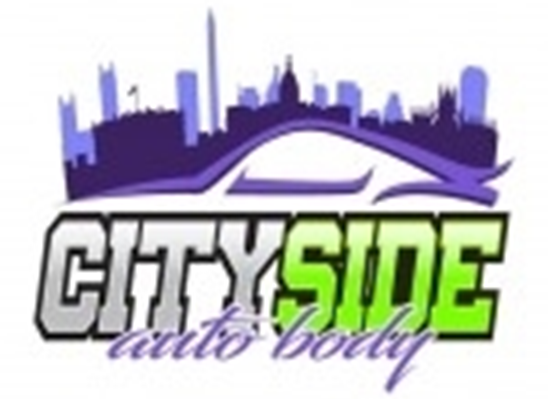
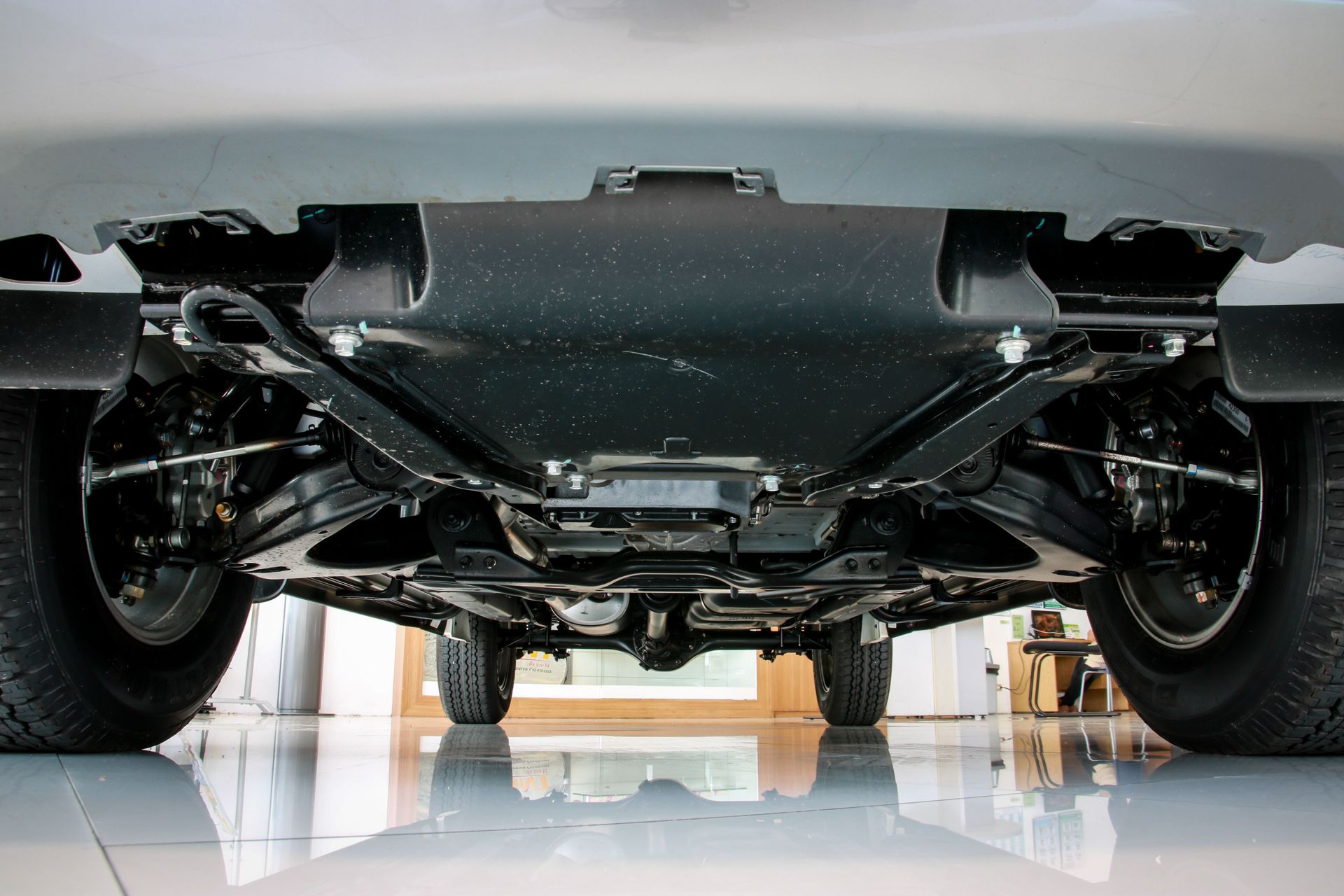

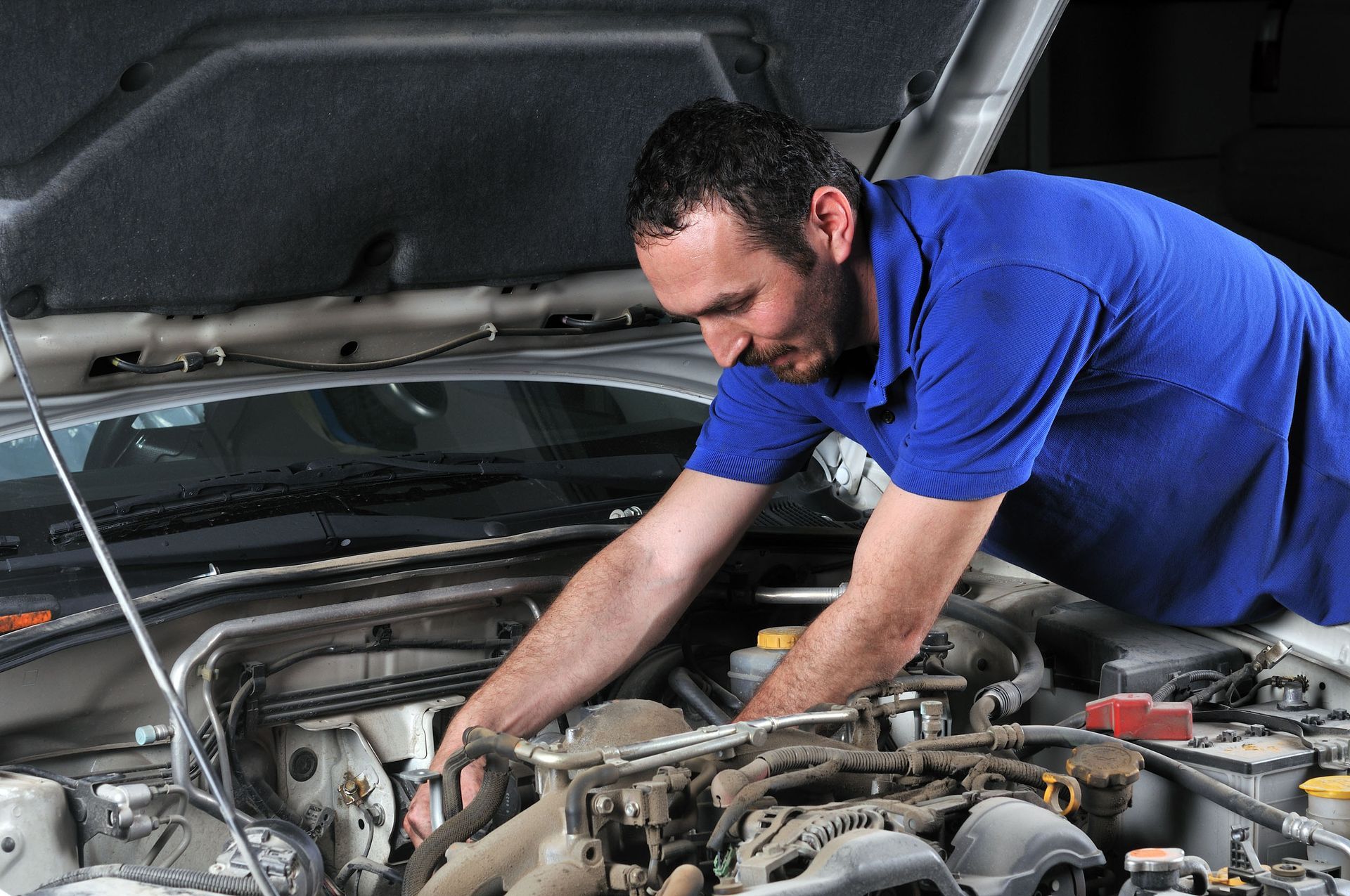


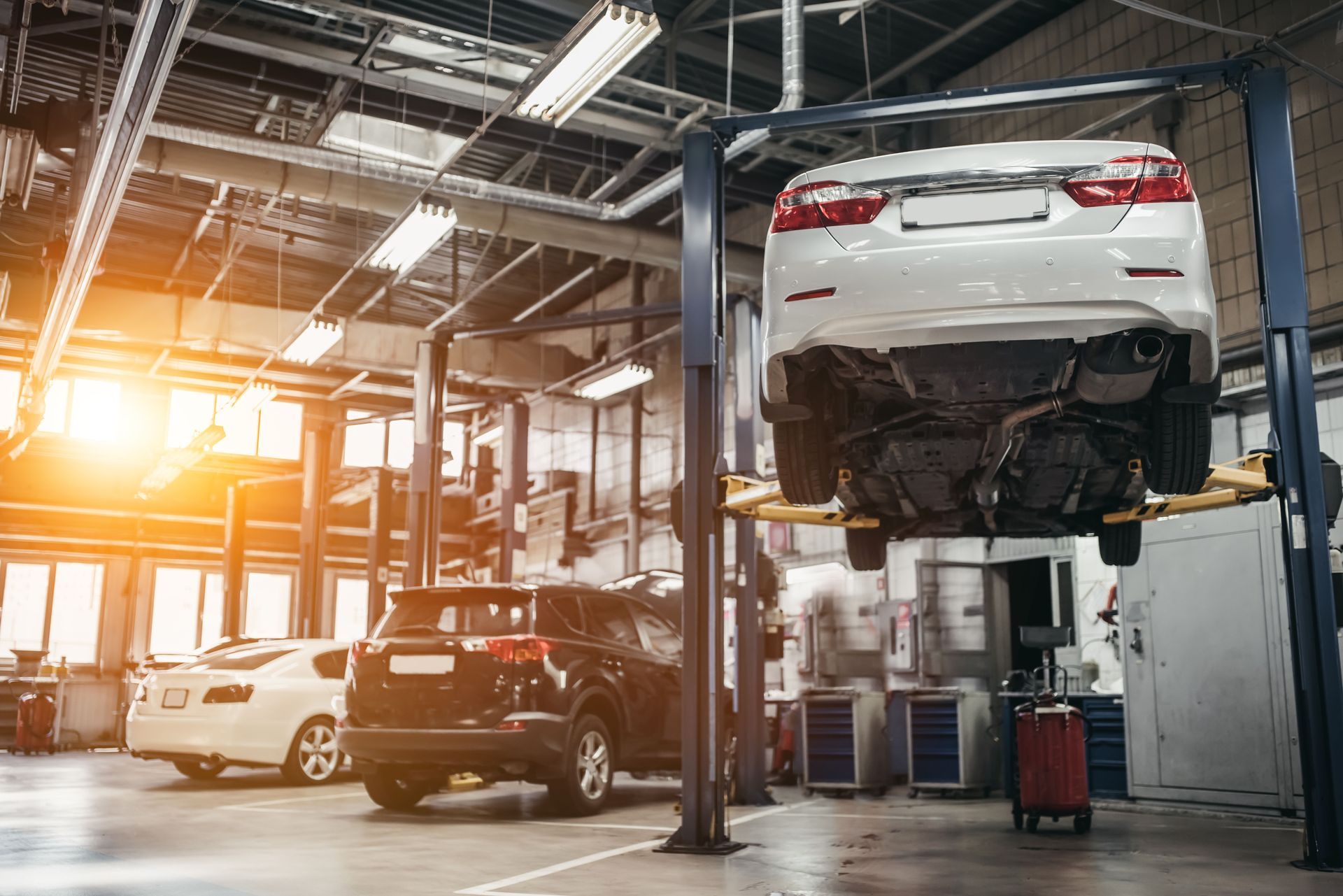
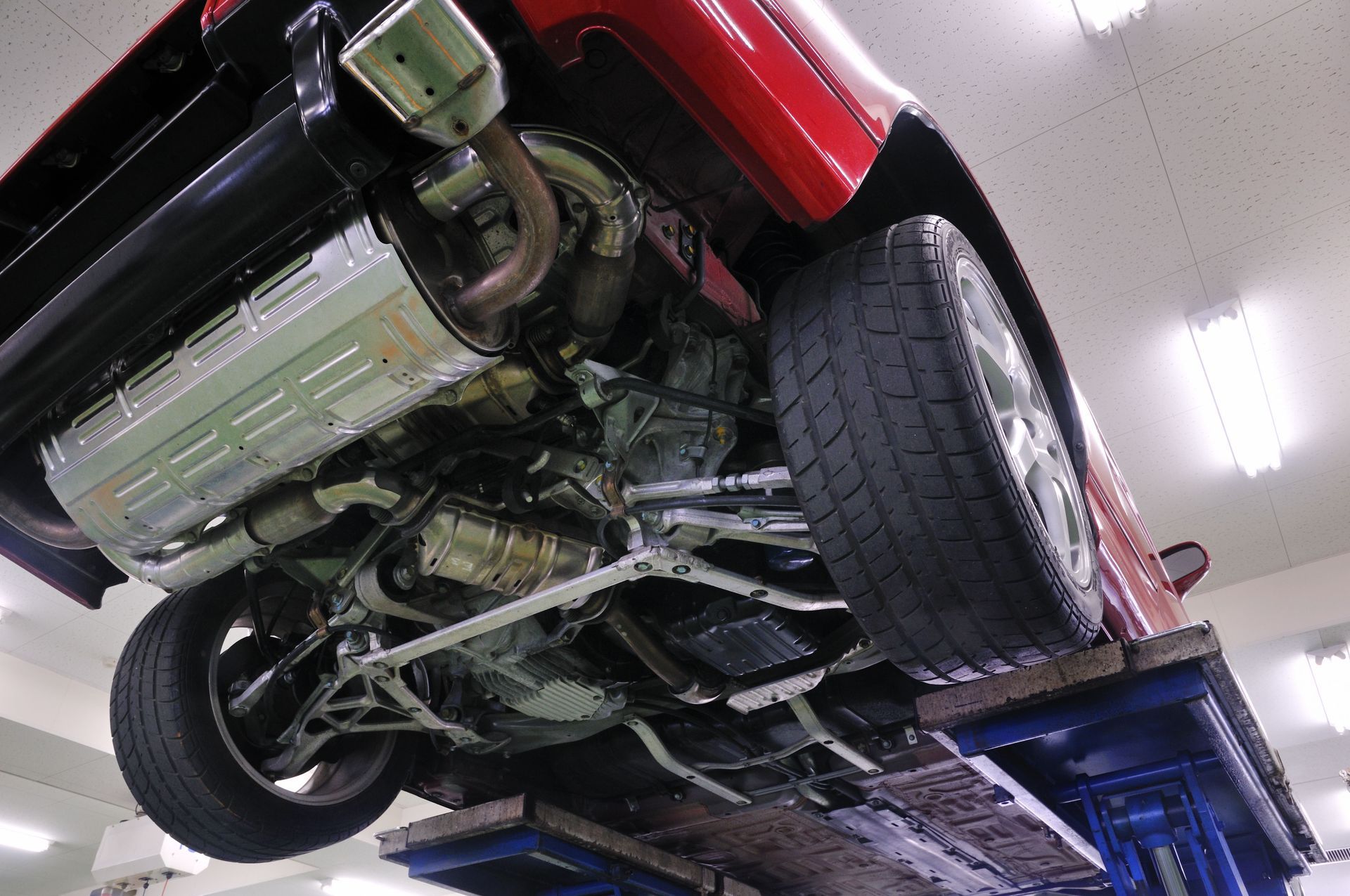
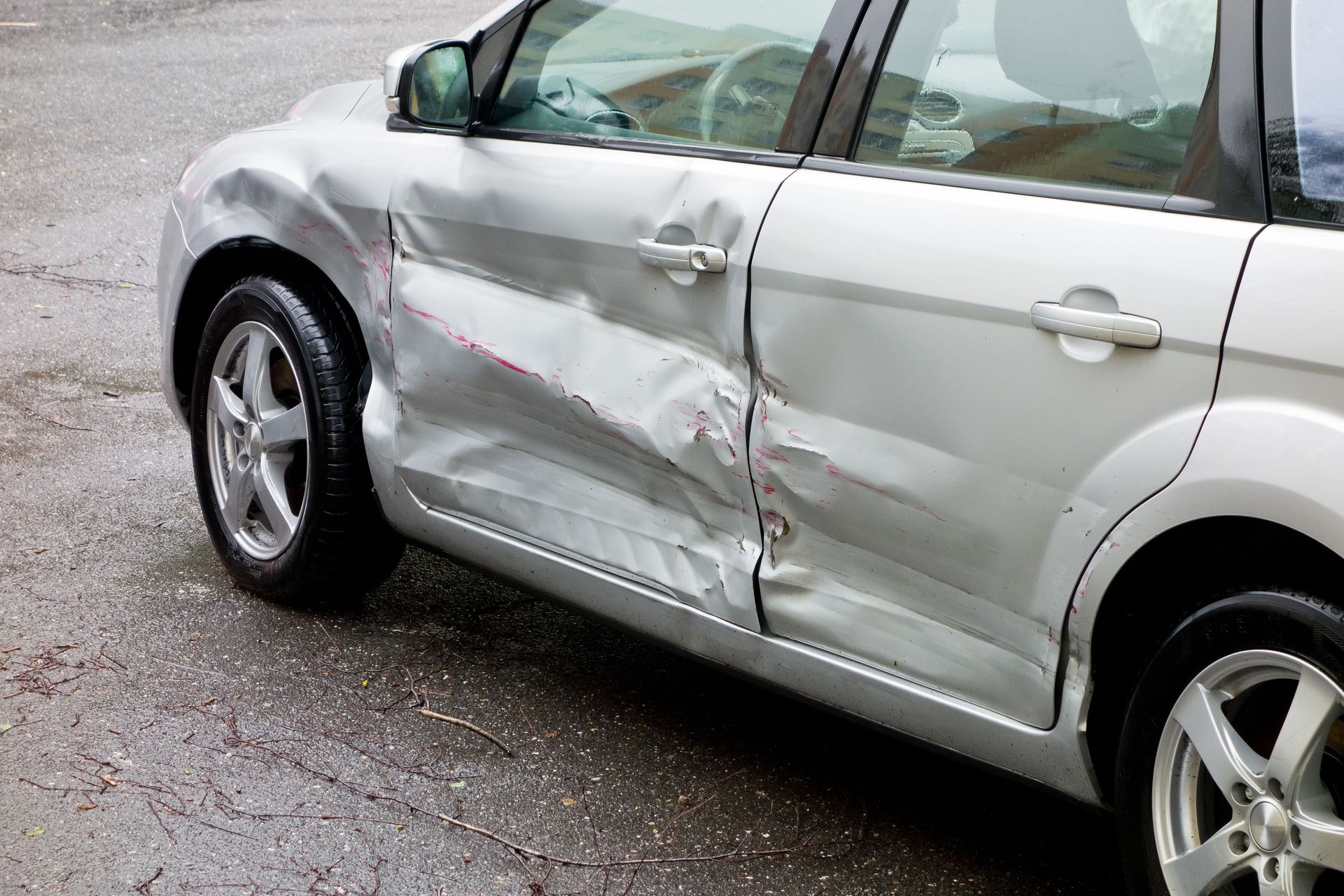

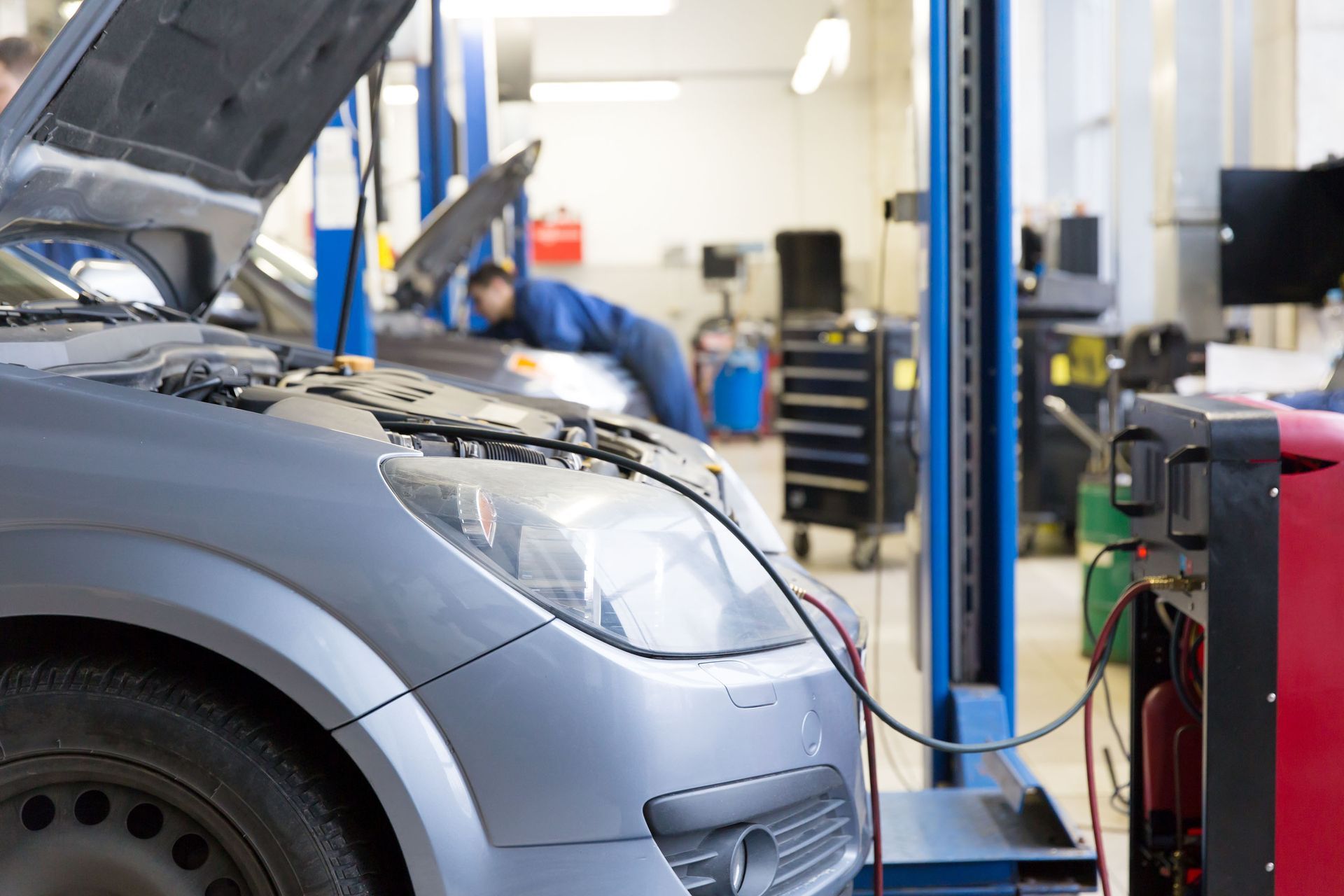
Share On: